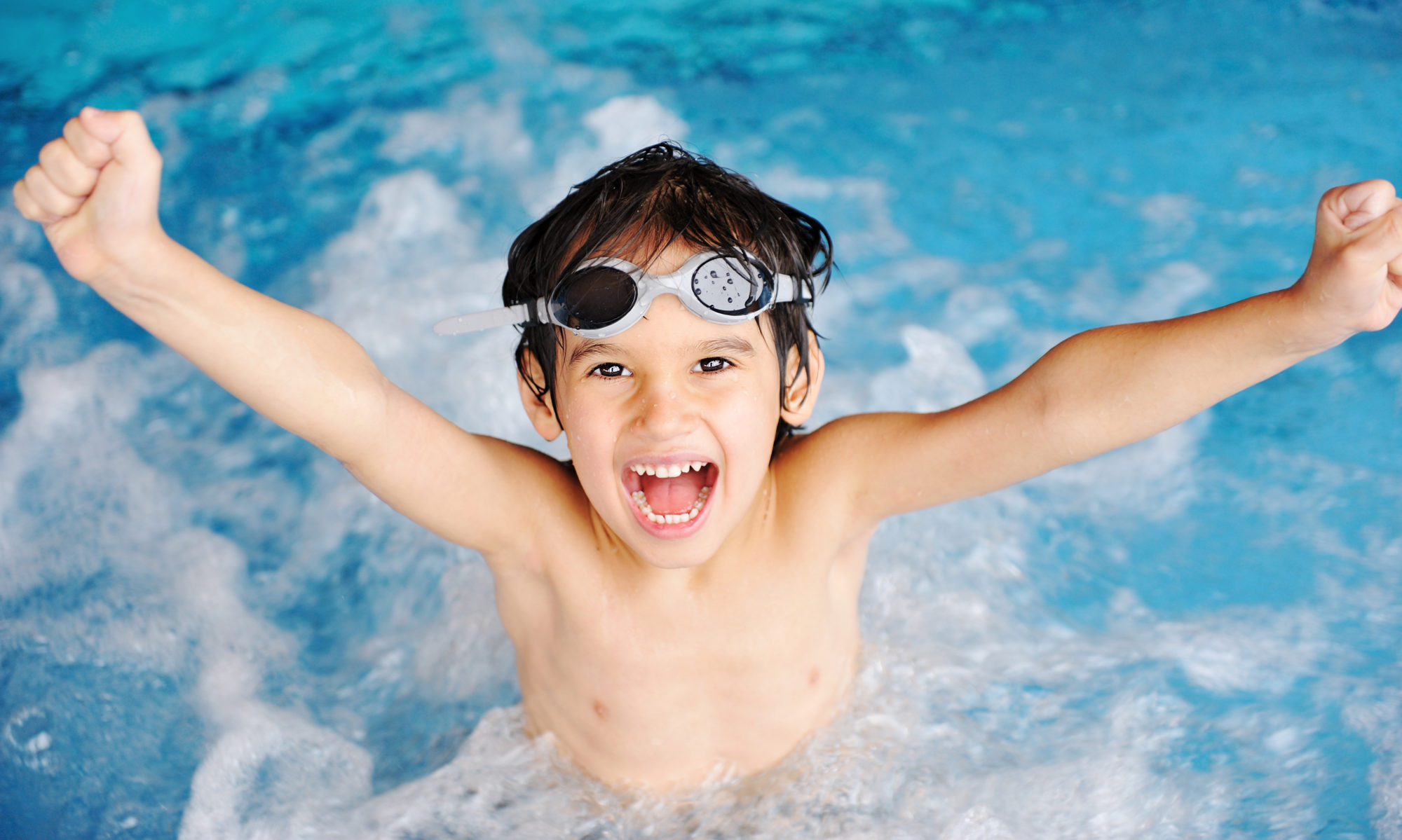The more your kids direct their own learning when you’re teaching them to swim, the more engaged and ready to learn they’ll be. Instead of directing them, you need to involve them in the process of discovery, but how do you do that?
After you explain and demonstrate a swimming skill, use questions and suggestions to guide your kids through the process. This method of teaching is a little bit like being a journalist. Instead of asking yes/no questions, ask open-ended questions that give your kids a chance to use their problem-solving skills to learn to swim. For example:
Instead of:
- Can you blow bubbles?
Try:
- If you were going to blow bubbles, how would you start?
- What’s your favorite way to blow bubbles?
- Show me how you blow bubbles.
- Let’s blow bubbles together.
Give suggestions or clues to help. Instead of saying, “Touch the water with your lips,” say, “What would happen if you touched the water with your lips?” or “How about trying to touch the water with your lips?”
Use games and imagination to reinforce and expand skills and to make repetition and practice interesting. Games and imagination engage the learner so that he practices without realizing it’s practice. Games also distract from fears and discomfort.
Has your child ever told you he’s hungry only at bedtime after the fun and activity of the day are finally over? Playing games and using imagination when you’re teaching your kids to swim will help them experience the swimming lesson as a fun, flow-state activity. They’ll want to stay in the pool and keep practicing, and they’ll want to come back tomorrow.
Kids learn by playing. Plan ahead, choosing several games to try. If one doesn’t interest your child, try another. When your child tries changing or expanding a skill you’re practicing or a game you’re playing, you might be tempted to narrow his focus. Don’t. Encourage him to try things he initiates, as long as you’re there to keep him safe.
